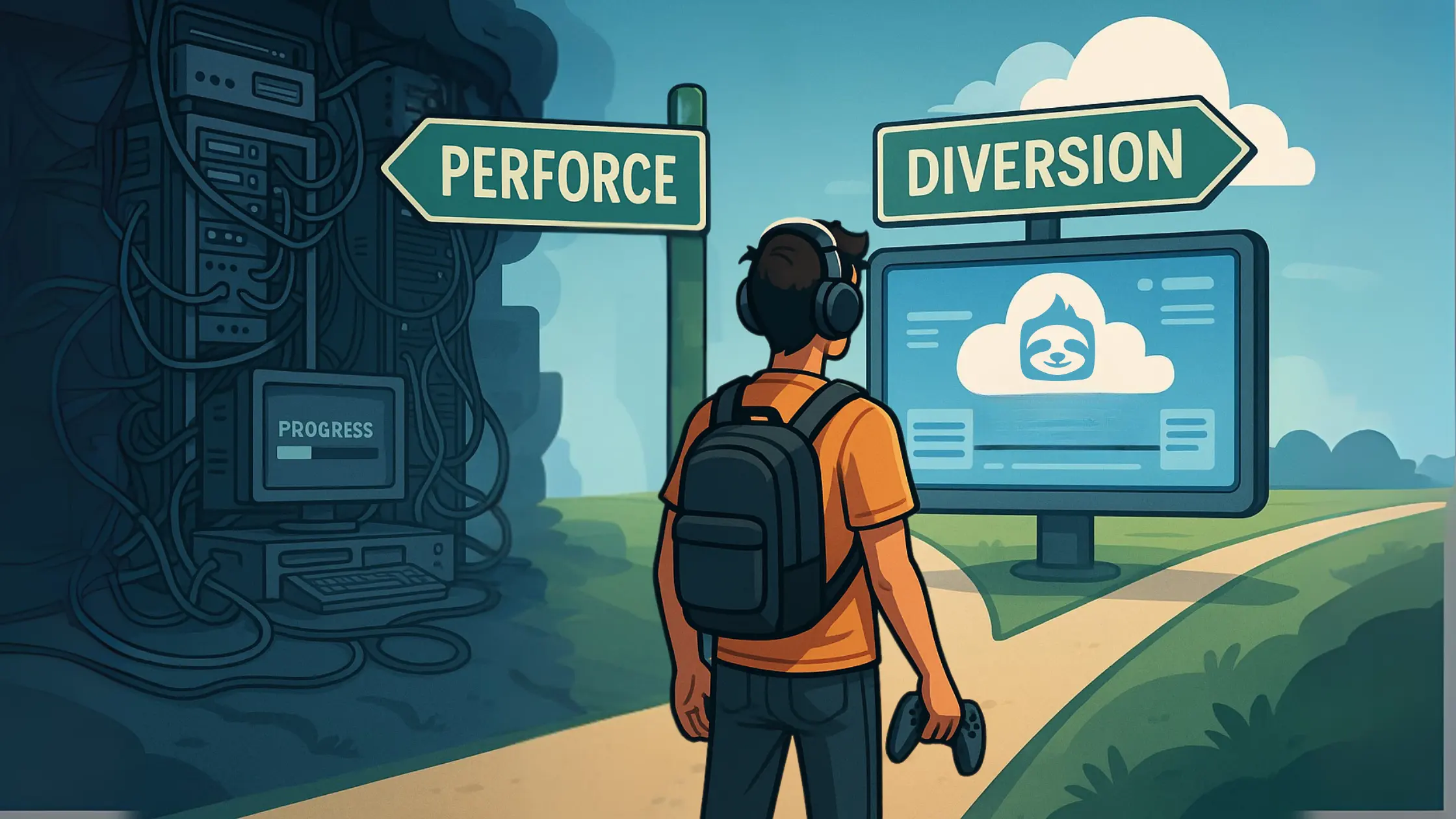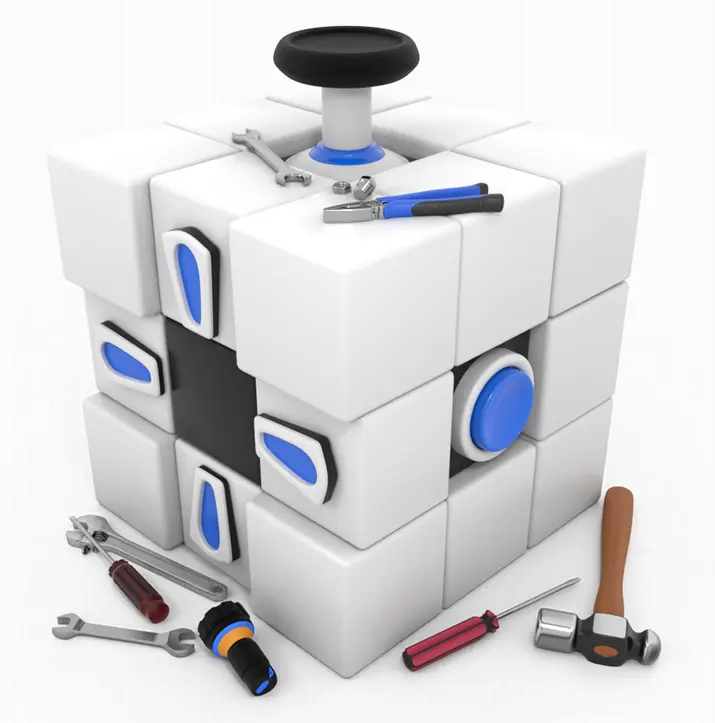Hey! I’m Deodato Pechir, a technical artist with more than 20 years working in games. The folks at Diversion asked me to try migrating an Unreal Engine project from Perforce to Diversion, and to give my honest thoughts on the process.
TL;DR Diversion gets it
If you’re tired of fighting your tools, especially if you’re an artist, animator, or dev who just wants stuff to work; Diversion feels like it was made for you.
So, here it is.
Perforce works… but wow is it a hassle.
Look, Perforce does what it says, it handles big projects, file locking, branching, all that. But it’s not friendly, especially if you’re not a programmer.
Just opening the interface feels like launching ZBrush for the first time. You’re hit with a wall of menus and buttons and you have no idea where to start. And if something goes wrong (like a check-in error or sync issue), good luck figuring it out without calling someone.
And I’ll be honest, I didn’t even set up the Perforce server myself. Arturo from Diversion had to help me get it running in AWS just so I could start using it.
If you’re working solo or on a small team, that’s already a blocker. If you’re working on a large team, then that means you need dedicated support just for your Perforce server.
Diversion is just… easy
Setting up Diversion was night and day. I didn’t have to mess with servers, or configure a bunch of stuff. I just pointed it at my project folder and was up and running.
I tested it using an Unreal Engine project that’s over 4GB. It took a while to upload to Perforce, but with Diversion? It flew.
Same thing when pulling files down to another machine, it was shockingly fast. Branching took milliseconds. Committing changes felt instant.
After years of waiting on tools to catch up with me, that was a nice change.
The tools actually help instead of getting in your way
The UI is clean. Everything you need is right there check something in, view your changelist, and it works inside Unreal Engine.
No jumping between apps, no forgetting to sync before opening a level. You get a green check when something’s checked out, and if someone else has it locked, you see it.
It’s all super visual and makes sense, even if you’re not technical.
Want the full walkthrough?
I documented the whole migration: step-by-step, with screenshots:





